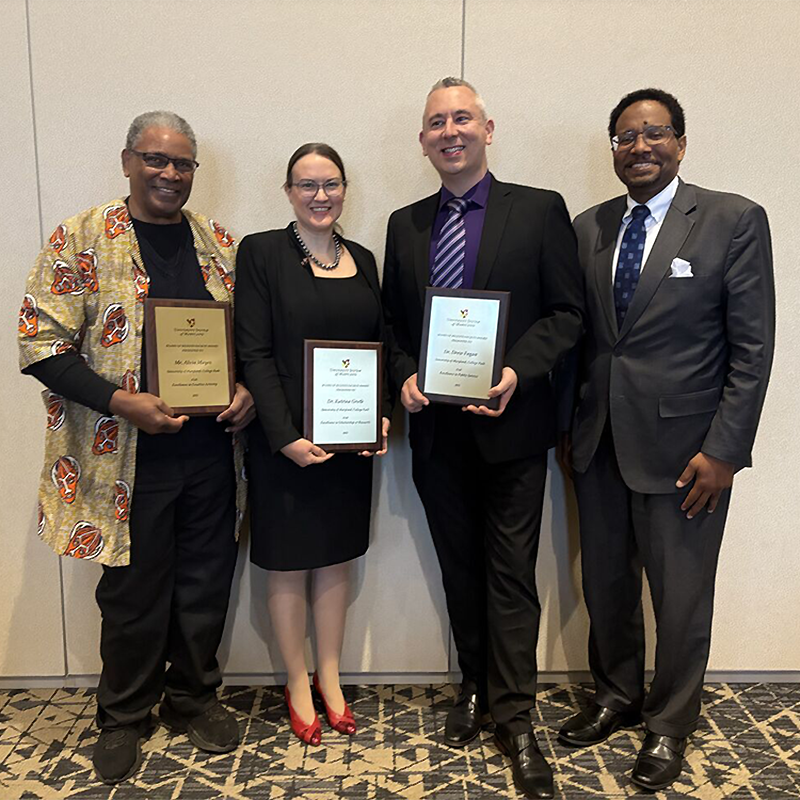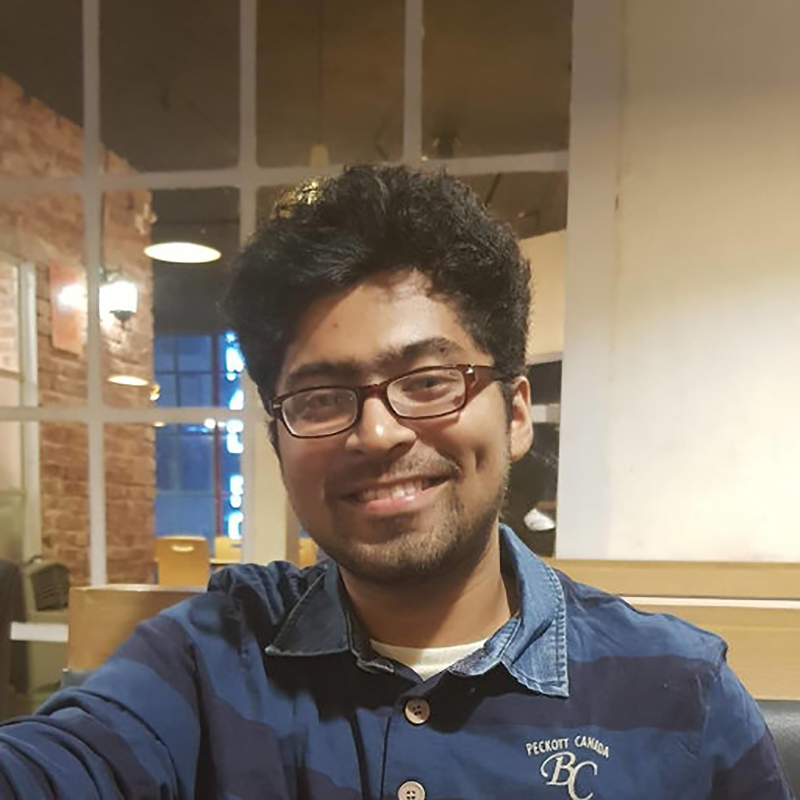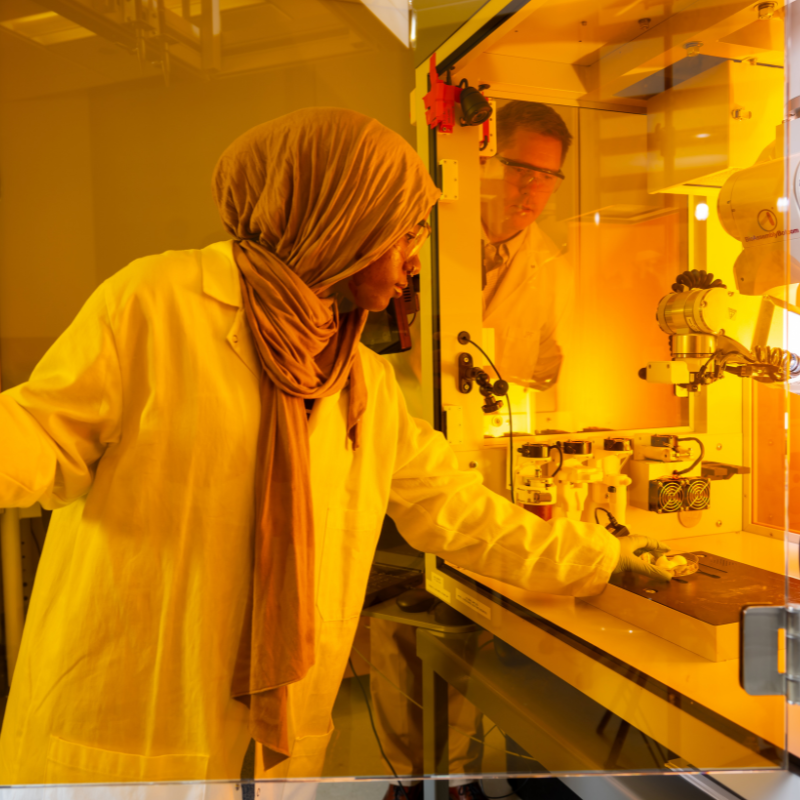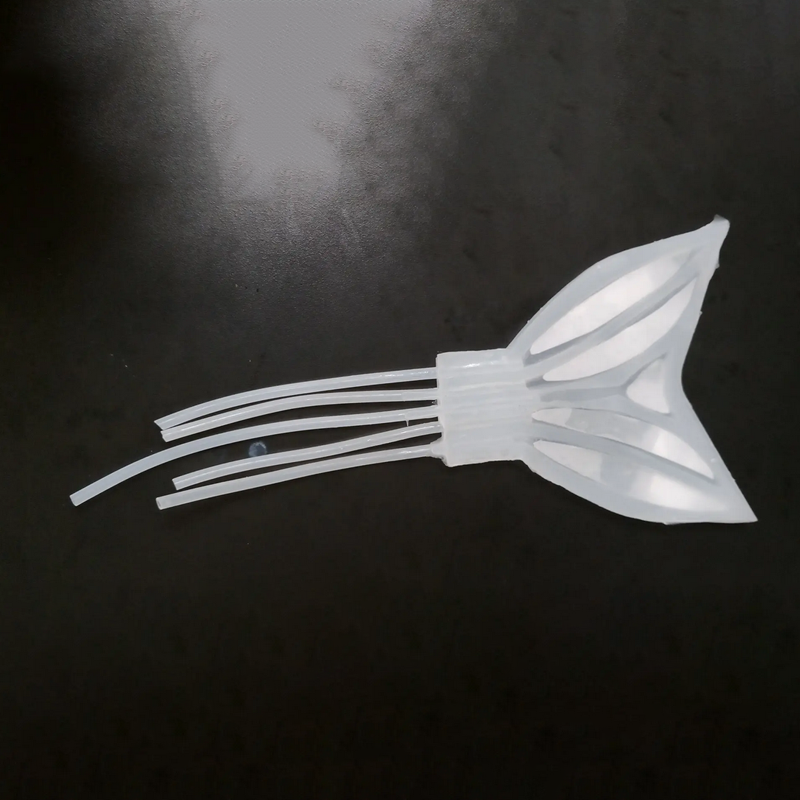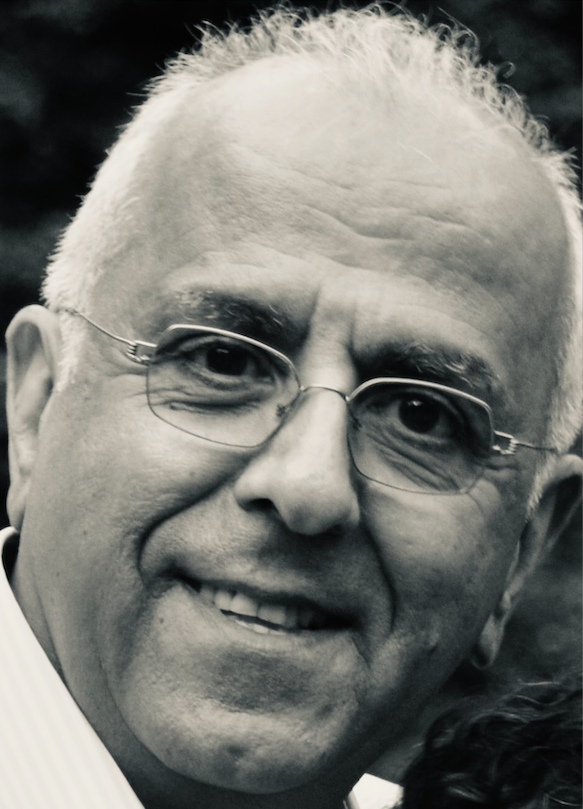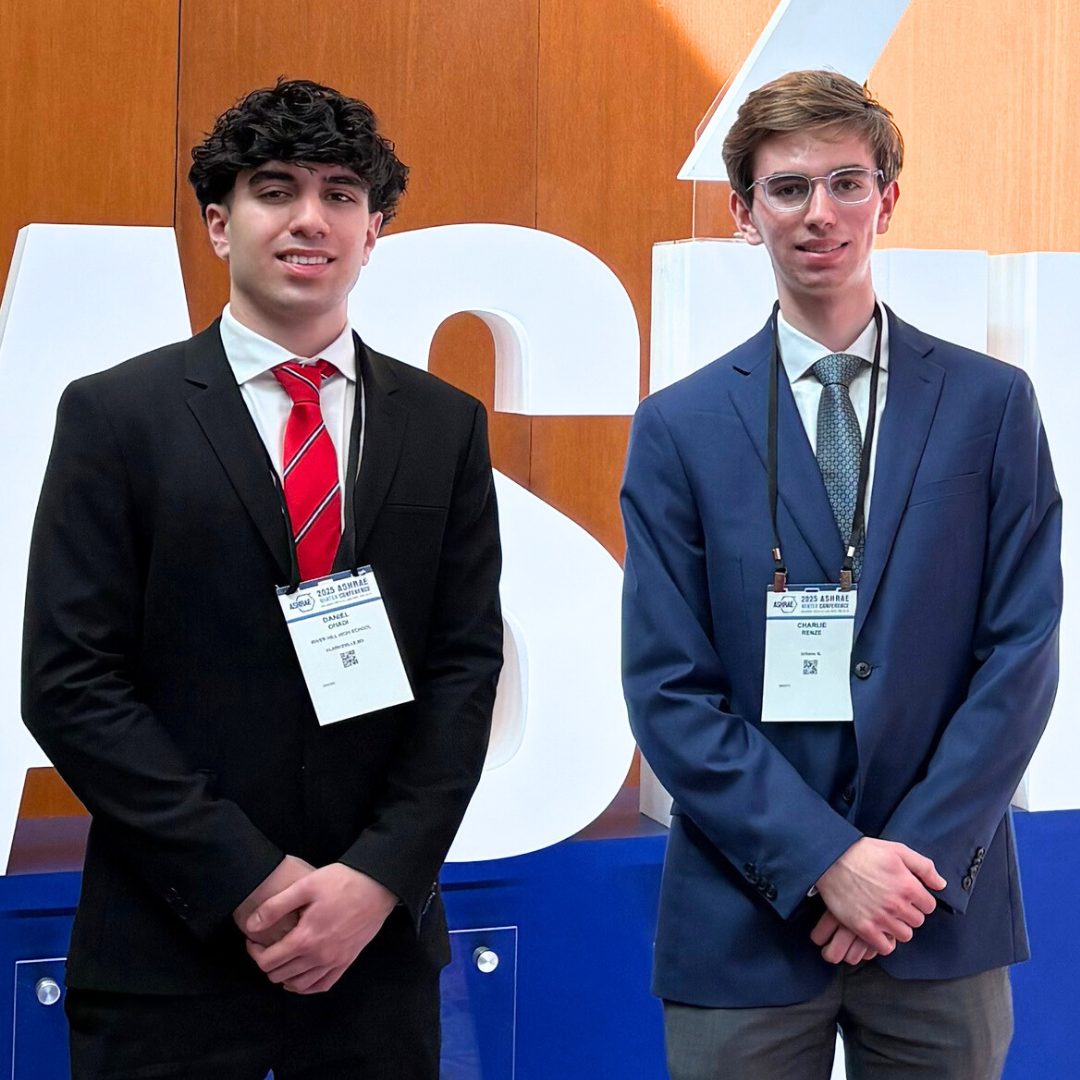News Story
NanoCenter Members Presented Papers at OPTO 2013
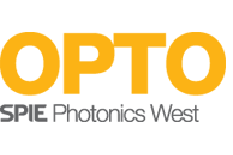
Probing light-matter interactions at the nanoscale with a deterministically-positioned single quantum dot
Part of Proceedings of SPIE Vol. 8634 Quantum Dots and Nanostructures: Synthesis, Characterization, and Modeling X
Conference 8634: Quantum Dots and Nanostructures: Synthesis, Characterization, and Modeling X, 2013 OPTO SPIE Photonics West
8634-14, Session 3
Chad Ropp, Zachary Cummins, Sanghee Nah, John T. Fourkas, Benjamin Shapiro, Edo Waks, Univ. of Maryland, College Park
The interactions between quantum emitters and plasmonic nanostructures are important for a wide variety of applications in quantum optics and nanophotonics. Plasmonic nanostructures localize electromagnetic fields to nanoscale regions of space where single emitters can be precisely placed to exploit enhanced optical nonlinearities and improved light-matter interactions. These enhanced interactions have application in fields such as biological sensing, quantum communication, and the realization of optical logic. In this talk, we will discuss our recent work on nano-manipulation of single colloidal quantum dots (QDs) for deterministic coupling to plasmonic nanostructures as well as for nanoscale probing of light matter interactions. We will describe our approach for QD manipulation based on microfluidics and fluid chemistry, which allows for positioning of a single QD with 50 nm accuracy. Specific results illustrating the interactions between a single QD that is deterministically coupled to a silver nanowire (AgNW) will be presented. Near-field interactions are measured as a function of the QD’s spatial position relative to the AgNW and quantified by both measuring the power coupled into the AgNW mode as observed by the radiated light from the wire ends as well as directly from a measure of the QD lifetime. As a result, we will show that our probing technique can be used image the plasmonic mode of the AgNW with as fine as 15 nm resolution to reveal features such as the profile of the evanescent field decay away from the wire and optical interference along the wire’s length.
Low photon number nonlinear optics with a single quantum dot in a cavity (Invited Paper)
Part of Proceedings of SPIE Vol. 8635 Advances in Photonics of Quantum Computing, Memory, and Communication VI
Conference 8635: Advances in Photonics of Quantum Computing, Memory, and Communication VI
8635-38, Session 11
Edo Waks, Ranojoy Bose, Univ. of Maryland, College Park; Deepak Sridharan, Intel Corp.; Glenn S. Solomon, National Institute of Standards and Technology
Quantum dots coupled to photonic crystals present a promising material platform for achieving strong nonlinear optical effects. Recently, it has been shown that by embedding a single quantum dot (QD) in the high field region of photonic crystal cavities it becomes possible to achieve strong light-matter interactions at the single photon/single atom level. These unprecedented interaction strengths open up the possibility for creating nonlinear optical effects with a small number of photons. In this talk, we will discuss our work on coupling indium arsenide QDs to photonic crystal structures for creating nonlinear optical interactions at low photon numbers. We will describe recent experimental demonstrations of giant optical Stark shifts with only 10 photons of energy using a strongly coupled cavity-QD system, as well as a demonstration of all-optical switching with only 150 photons of control energy. Methods for achieving these nonlinearities in a highly compact planar device structure will also be described.
A Monte-Carlo FDTD approach to modeling ensembles of polydisperse plasmonic nanoparticles
Part of Proceedings of SPIE Vol. 8619 Physics and Simulation of Optoelectronic Devices XXI
Conference 8619: Physics and Simulation of Optoelectronic Devices XXI
8619-24, Session 6
Mikhail A. Kats, Herman Gudjonson, Harvard School of Engineering and Applied Sciences; Kun Liu, Gaoxiang Wu, Siyon Chung, Univ. of Toronto; Zhihong Nie, Univ. of Maryland, College Park; Eugenia Kumacheva, Univ. of Toronto; Federico Capasso, Harvard School of Engineering and Applied Sciences
Experiments in nano-optics frequently feature ensembles of elements with some distribution of geometrical and optical properties; some examples include arrays of lithographically defined plasmonic antennas and colloidal mixtures of nanoparticles. Electromagnetic simulations are frequently employed to model or optimize the optical response of these systems; however, it is frequently non-trivial to account for polydispersity in such ensembles. We present a Monte-Carlo method of modeling the optical properties of ensembles of polydisperse systems with many degrees of freedom. Random sampling from expected distributions of parameters is combined with finite-difference time-domain (FDTD) simulations to obtain the overall optical response of the polydisperse system. We demonstrate this approach by modeling the optical extinction spectrum of polydisperse gold nanorods and nanorod chains in solution, and comparing the results to experimental measurements. In these experiments, gold nanorods with a known distribution of lengths and diameters are self-assembled into chains via step-growth polymerization, and this time-dependent process is constantly monitored via repeated extinction measurements. Our results show that the Monte-Carlo FDTD approach is able to accurately reproduce the time-dependent experimental extinction spectra of the ensemble of nanorod chains. We will discuss the merits of applying this technique to a variety of optical structures, and discuss some of the challenges of such an approach.
Published February 7, 2013
